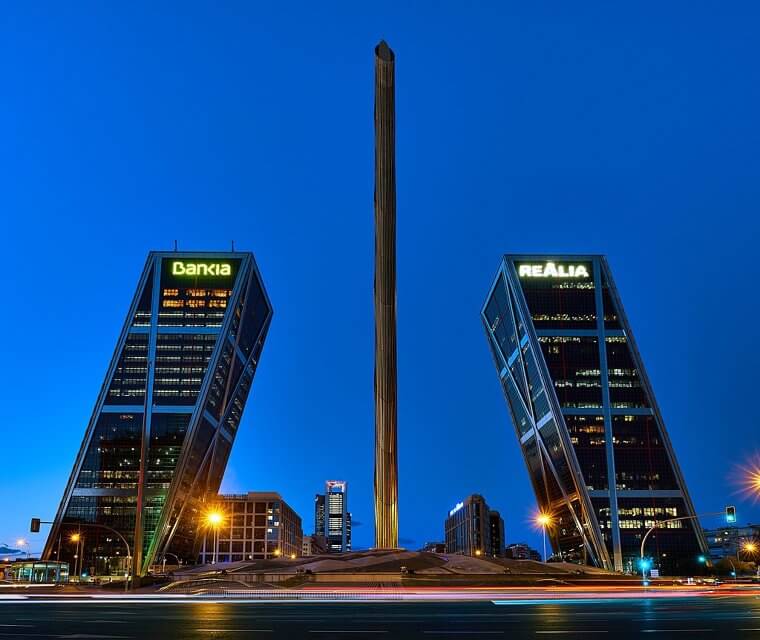Houses That Would Require Nerves of Steel to Live in
House R 128 in Germany
We’re not sure about you, but we can’t help but feel a bit concerned about using glass as the main building material. Isn’t it one of the weakest materials out there? It definitely makes us wonder if the walls of a house mostly made of glass might just collapse one day! When we first saw this house, it looked so unusual that we had to do a double take. I mean, it’s wild that there are no exterior walls made from anything other than glass!
This unique home, known as House R 128, was built back in 1999. While we have our worries about the durability of the materials, it’s impressive that the property is 100% sustainable! That means it doesn’t release any harmful emissions, which is a big plus for the environment. So, while we might be a bit skeptical about living in a glass fortress, at least we can appreciate the eco-friendly aspect of this design. What do you think—would you be brave enough to call a glass house your home?
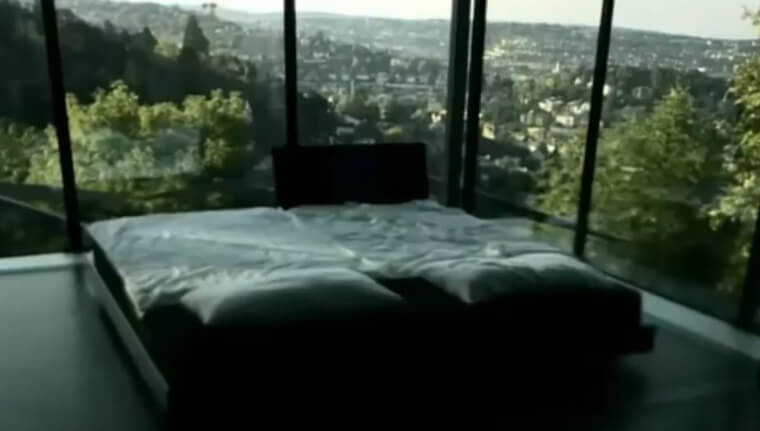
The Glass House, Timber Cove in California
The Glass House is such a stunning sight, isn’t it? Just look at those amazing views of the water! It’s called the Glass House because it uses a lot of glass in its design, which really makes it feel open and connected to nature. But I can’t help but wonder about the practicality of living in a house made mostly of glass. It seems like it could raise some safety concerns, especially with how exposed it is.
And let’s talk about the location for a moment. To get to the house, you have to cross a curved road, which can be a little nerve-wracking with the waves crashing down below. It sounds dramatic, right? It could be a bit of an adventure, but safety first!
Now, on the plus side, the Glass House offers a ton of privacy. Since it’s a stand-alone home, you won’t have to worry about neighbors peeking in. If you’re looking to escape the hustle and bustle of everyday life, this could be the perfect getaway spot. Just imagine sipping coffee while gazing at the water, completely undisturbed.
But here’s the flip side: being all alone in such a secluded place can feel a bit unsettling at times. It’s great to have peace and quiet, but if something were to happen, you might feel a little isolated. So, it’s a bit of a mixed bag! Ultimately, it seems like the Glass House could be a dream for some but might not be for everyone. What do you think? Would you want to live there?
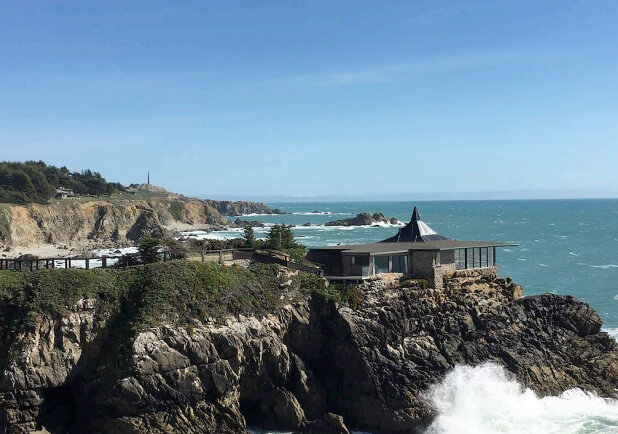
Wozoco Apartments in Amsterdam, The Netherlands
If you’ve ever worked on a creative brief, you know how tricky it can be when what the client wants doesn’t match up with what the higher-ups expect. That’s kind of what happened with the Wozoco Apartments in Amsterdam. The architecture firm MVRDV faced some challenges because the clients didn’t stick to the city’s guidelines.
So, what was the issue? The city wanted the area around the building to be bright and open while also leaving enough room for greenery. It’s a tough balance to strike!
The Wozoco Apartments themselves are pretty unique—they look like stacked drawers. While they might seem a little top-heavy, don’t worry; they’re designed to be safe and stable. You definitely don’t have to worry about them tipping over!
It’s fascinating how this building serves two different purposes, both as living spaces and as a part of the urban landscape. It really shows how architecture can be both functional and eye-catching. What do you think of the design? Would you want to live in a place that looks so unconventional?
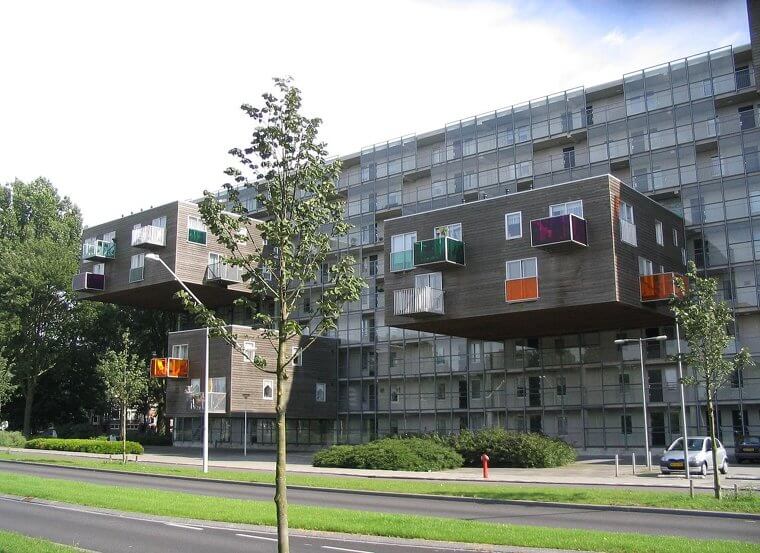
Habitat 67, Montreal in Canada
Check out this picture of Habitat 67 in Montreal, Canada! Doesn’t it remind you of a giant Jenga tower? I mean, it’s got that playful, stacked look that makes you think, “Wow, how does it even stay up?” Of course, using Jenga as inspiration for an apartment building might not be the safest idea, right? But despite that quirky resemblance, this architectural wonder really captured people’s imaginations.
What’s even more interesting is that when Habitat 67 was built, it was intended as low-income housing. Fast forward to today, and it’s become one of the priciest neighborhoods in Montreal! Isn’t it amazing how a unique design can transform a space into something so sought after?
It’s great to see builders thinking outside the box and coming up with creative ways to design homes. Instead of the usual cookie-cutter apartments that feel like you’re living in filing cabinets, places like Habitat 67 show that living in a densely populated city can also feel vibrant and interesting. It’s a reminder that architecture can really change how we experience our homes and communities. What do you think? Would you want to live in a place like that?
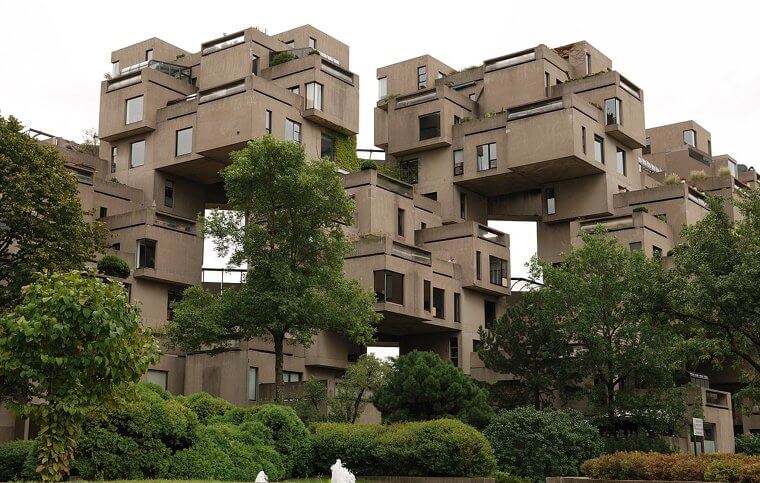
Gate of Europe Towers in Madrid
Have you heard of the Gate of Europe Towers in Madrid? They’re also known as the Kio Towers, and they really stand out in the city! Even though these two towers are strictly business buildings and no one lives in them, they caught our attention because of how strikingly lean they are. Honestly, it’s almost a little intimidating to look at them!
Just imagine what the views would be like from the top! You’d be able to see the whole city spread out beneath you, which would be absolutely beautiful. But I can totally see how people who are afraid of heights might want to avoid those towers. The thought of standing up there, high above the ground, could definitely make your stomach drop!
Here’s a fun fact: the Gate of Europe Towers were actually the first leaning buildings ever constructed. How cool is that? It makes them even more impressive when you think about the engineering behind them. They’re not just a pretty sight; they represent a significant achievement in architecture. So, if you’re in Madrid, they’re definitely worth a look—even if you just admire them from the ground! What do you think? Would you be brave enough to go up?
